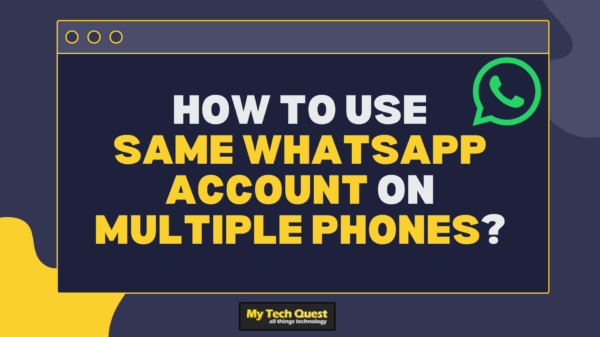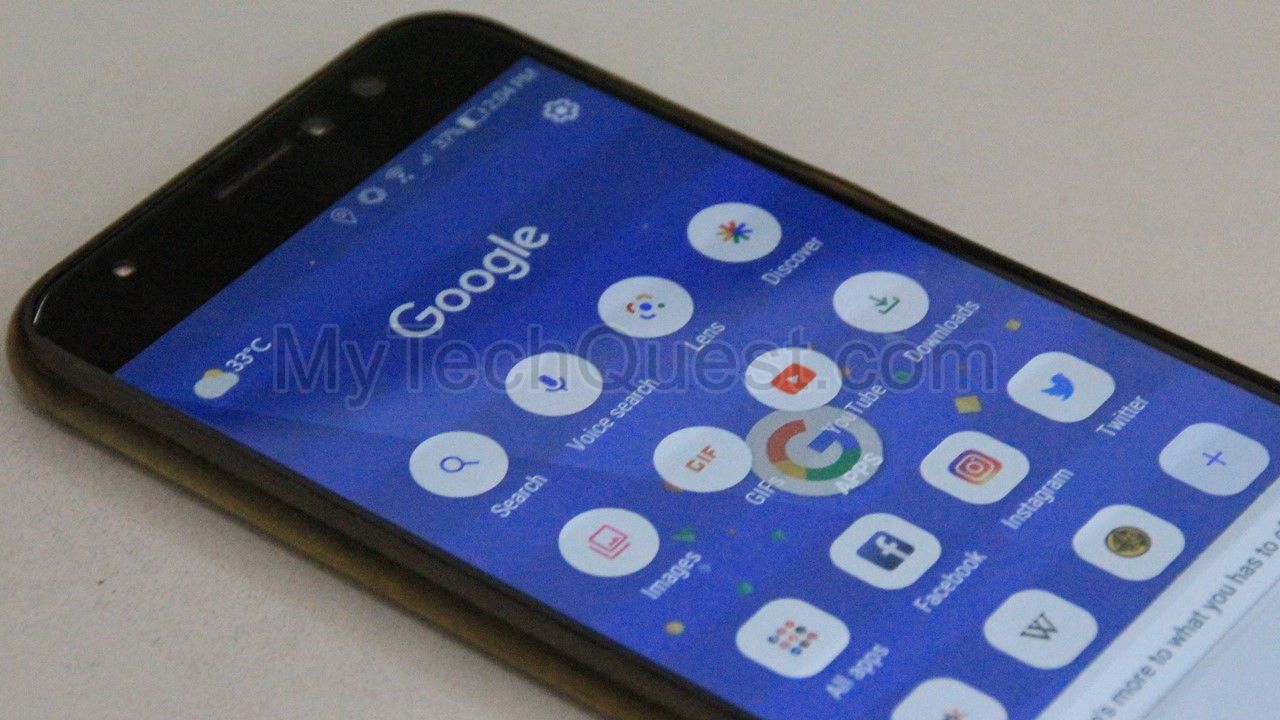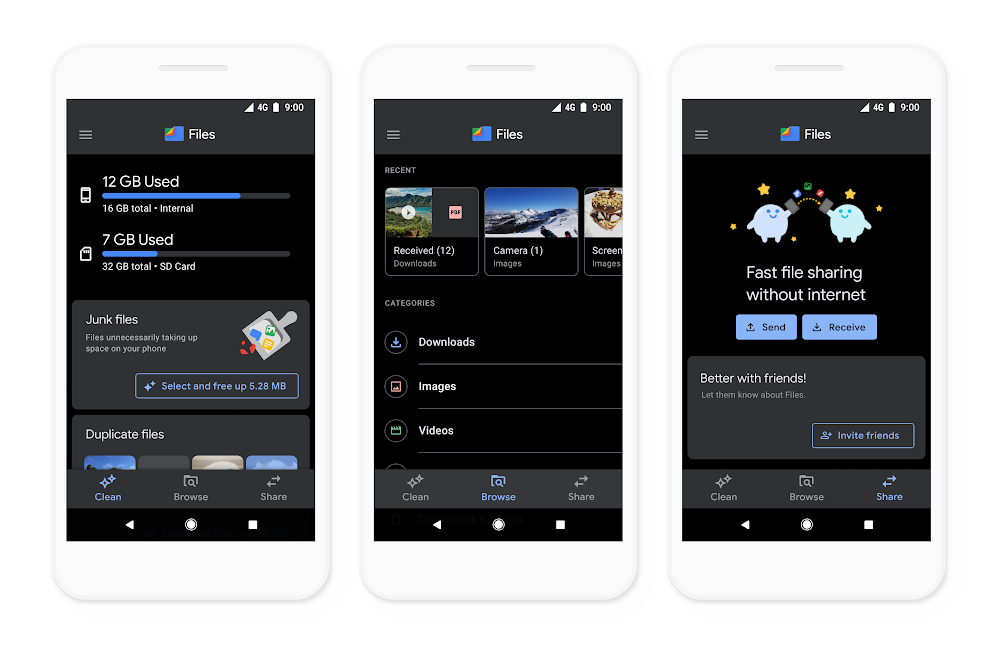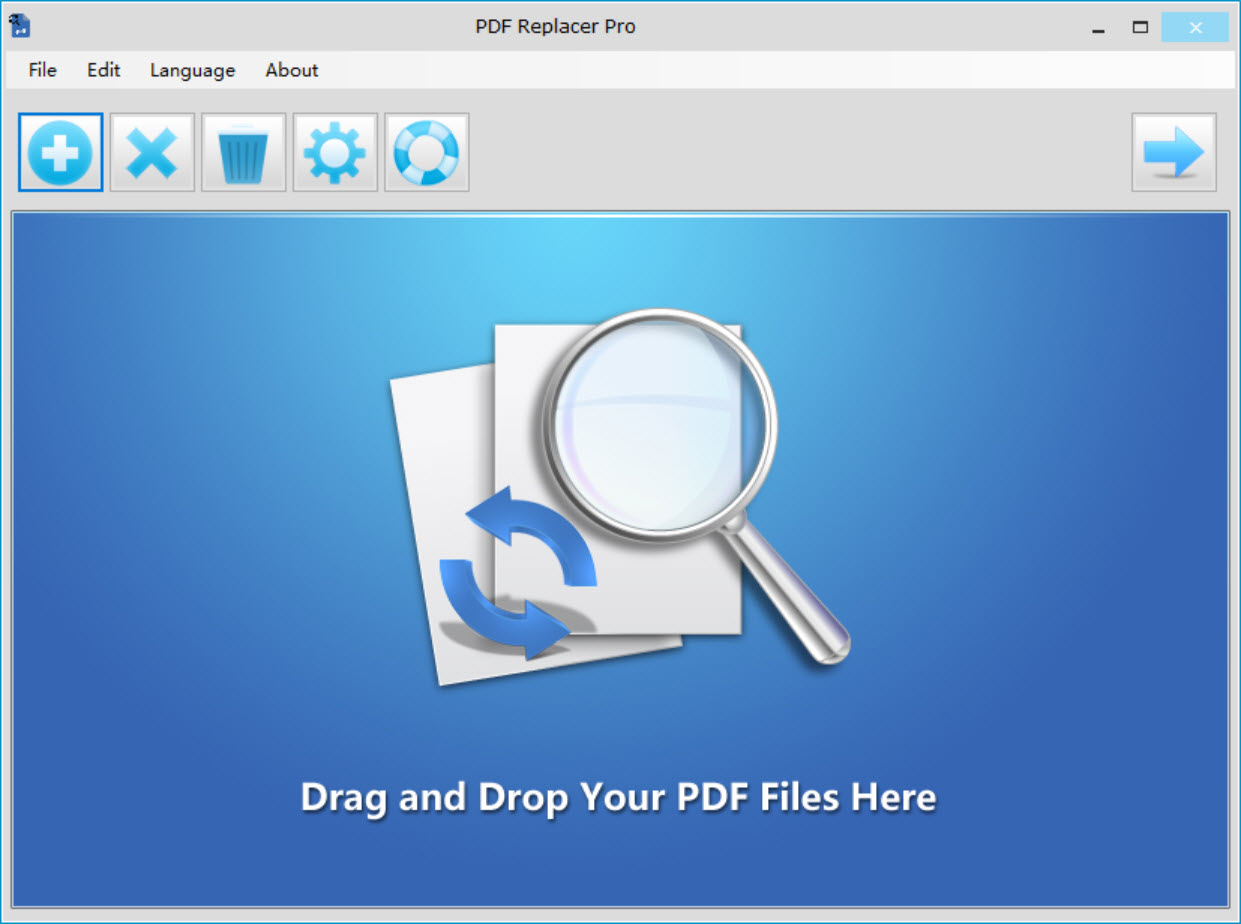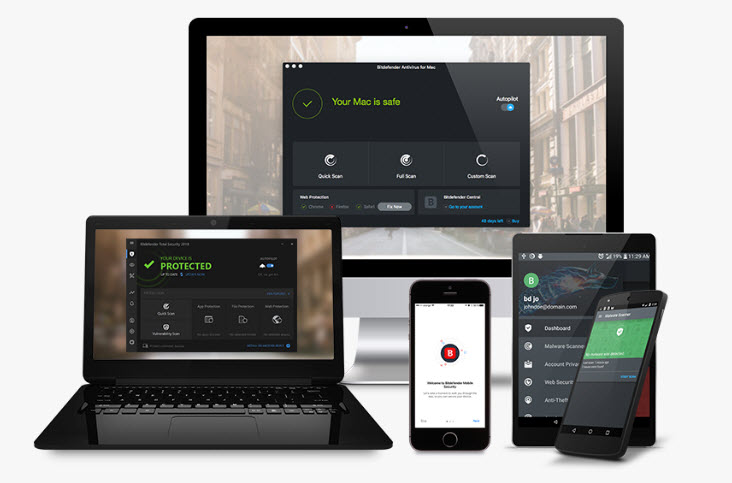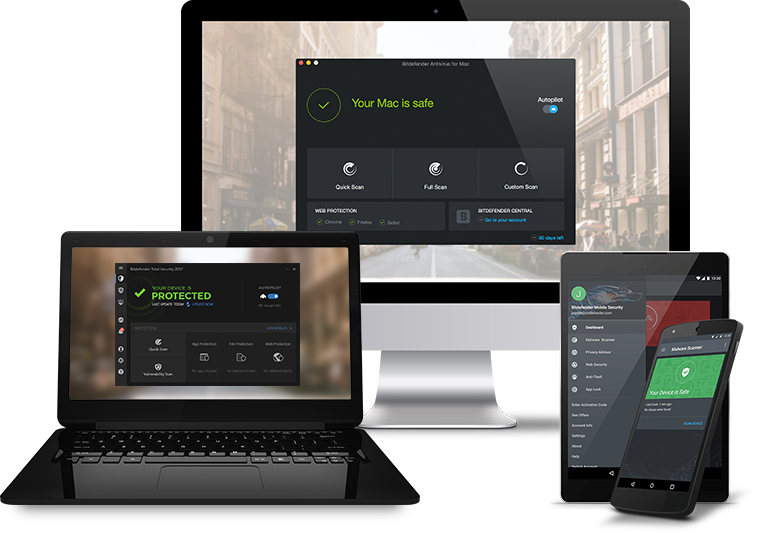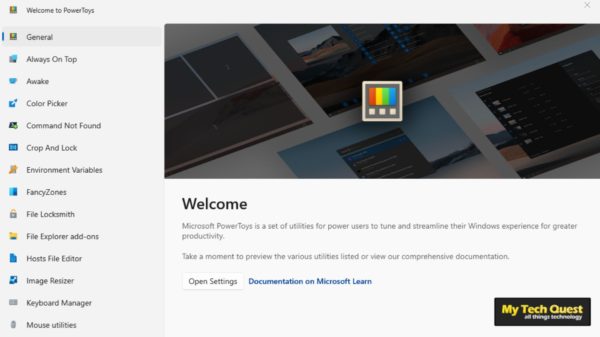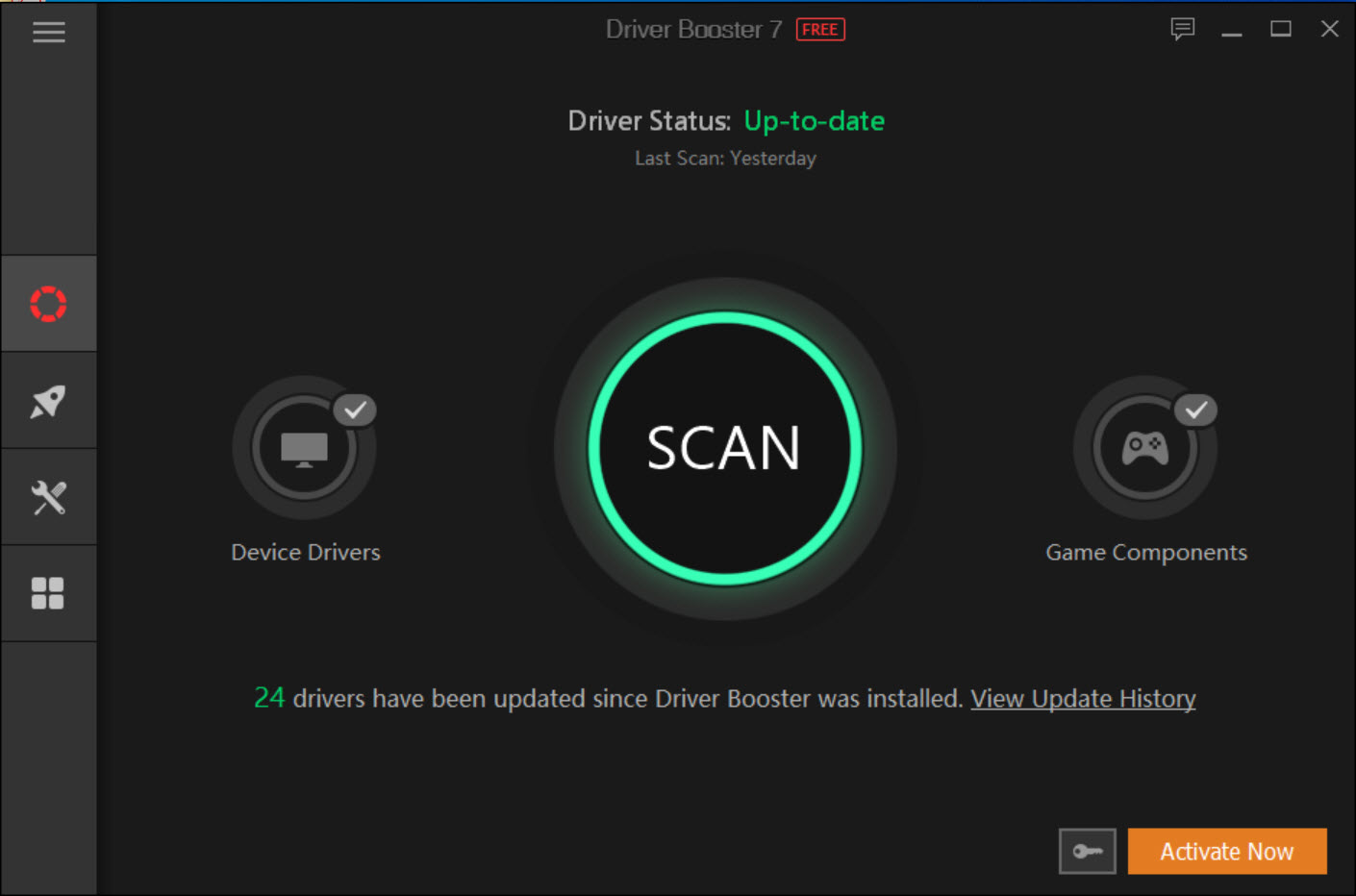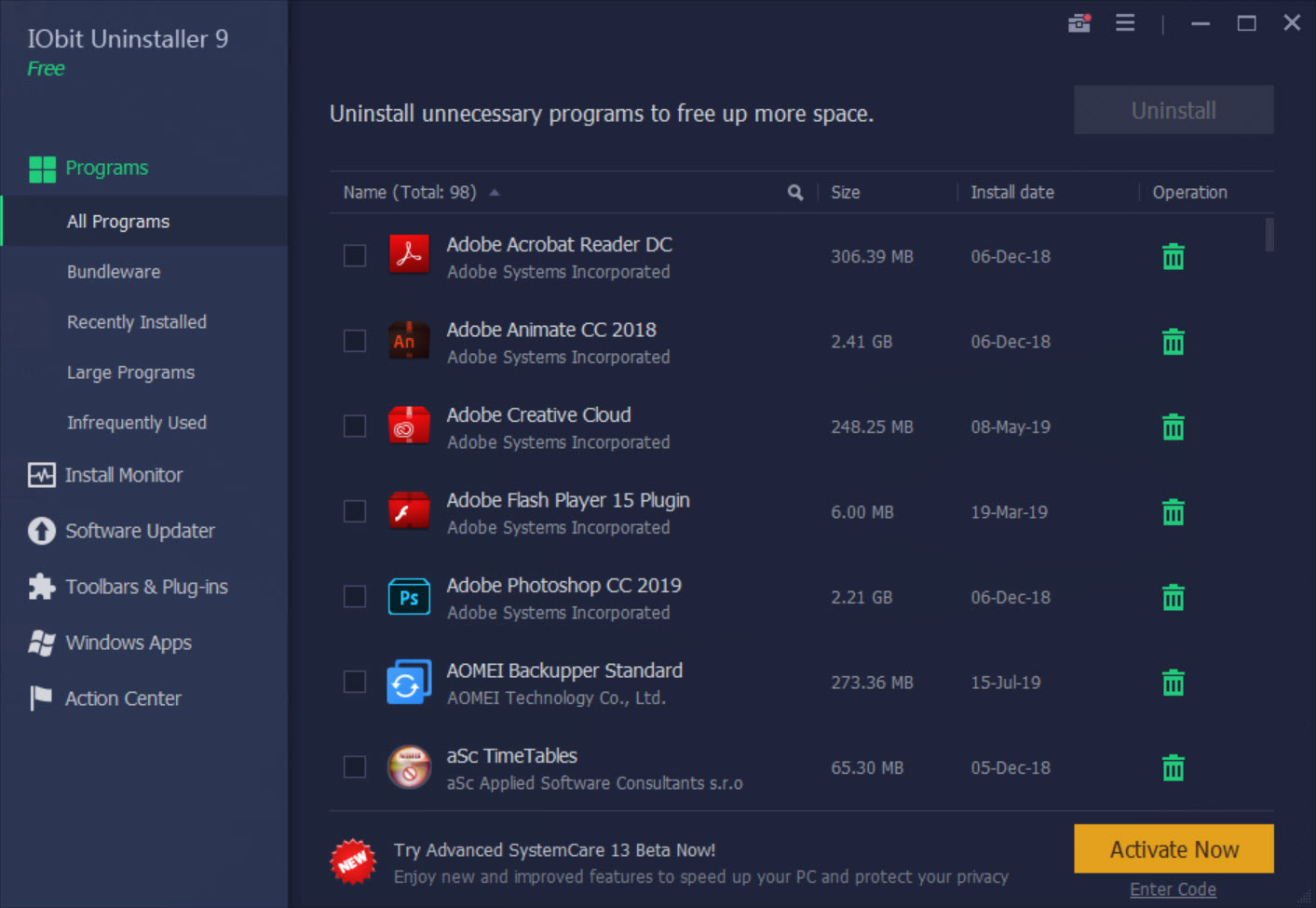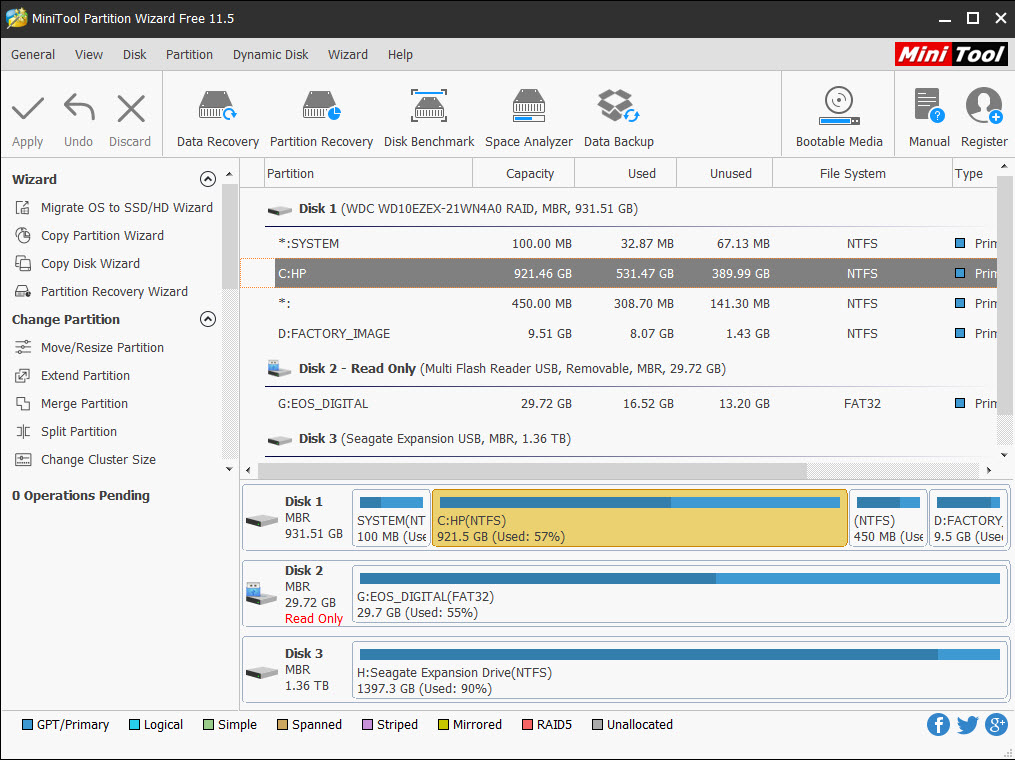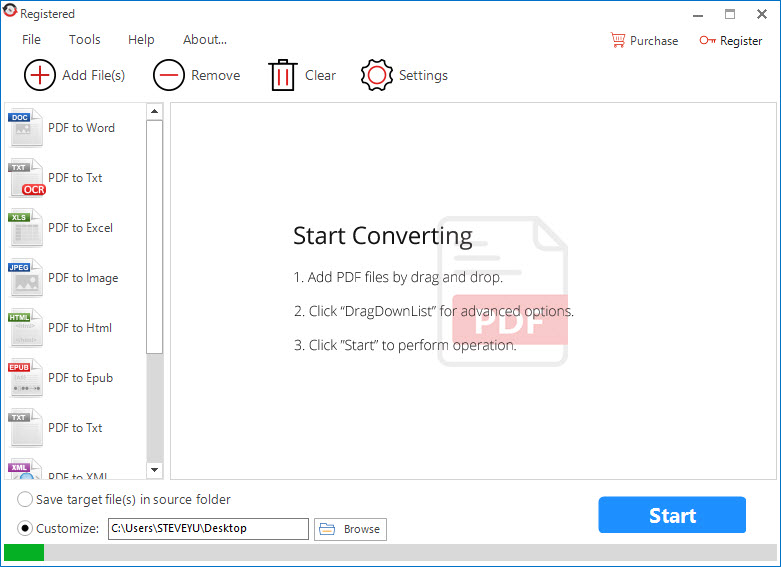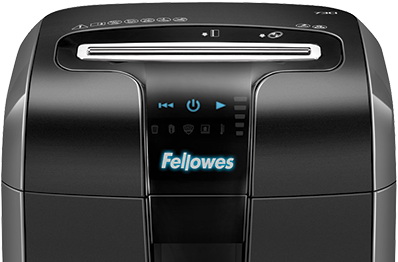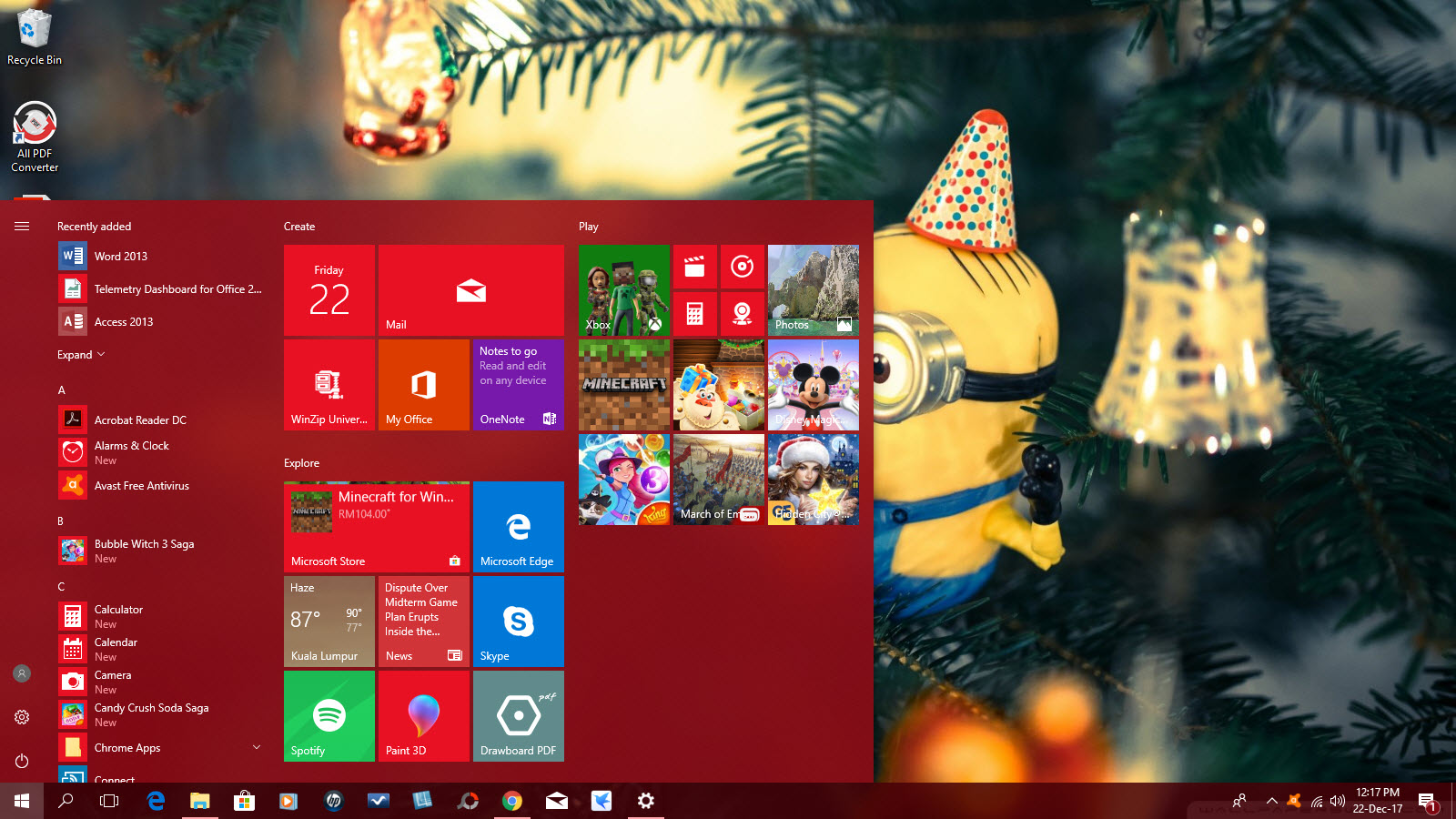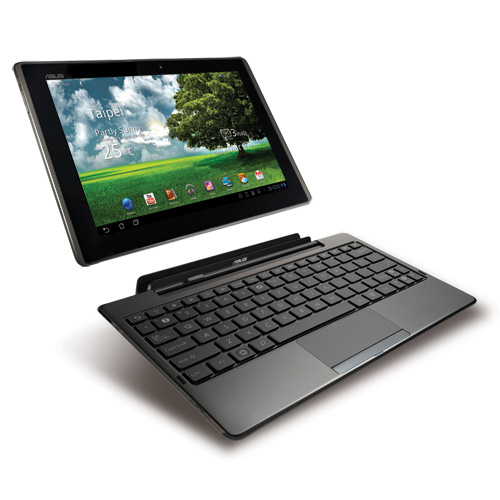There’s nothing like a café’s Wi-Fi network to ease your panic when you’re lost in a strange city, you have an urgent email to send, or – you know – you haven’t checked Twitter for over half an hour.
But unfortunately, like taking candy from strangers, free public Wi-Fi is often laced with danger. Open Wi-Fi networks that require no password or fee to join are particularly troublesome. It’s all too easy for hackers to launch a ‘man-in-the-middle’ attack to intercept data between your device and the provider’s Wi-Fi hub.
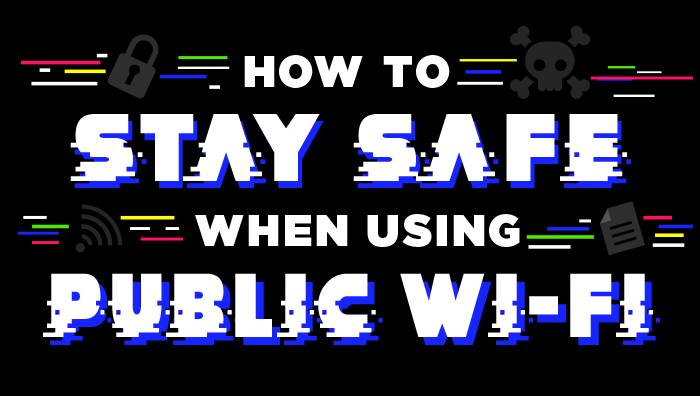
Even if you are logged in, there’s plenty that a dedicated hacker can do to access and exploit your data. Targets may include your email accounts, from where they can steal enough information to impersonate your identity. They may include your bank accounts if you use online banking while hooked up to public Wi-Fi – and the dangers in this case are pretty obvious.
Or it may simply be that they gain access to the files and applications on your device, and either configure them to allow illegal access later, or straightforward steal them for nefarious reasons (As opposed to innocent reasons).
Thankfully, the methods hackers use, while developing all the time, are more or less known by security developers – so advice on how to defend against such security breaches is forthcoming. Some basics include:
- Don’t use the same password for multiple sites.
- Don’t use public Wi-Fi that doesn’t require a password to access.
- Don’t leave Bluetooth or file-sharing on when using public Wi-Fi.
- Use a Virtual Private Network (VPN) if you can.
- Always scrutinize the security of a Wi-Fi spot before connecting.
Of course, for hackers this is a full-time job. So it’s worth the average user taking a bit longer to look at their security regime for using public Wi-Fi, before they become a victim. Follow the rules above, but also check out this more in-depth guide to Wi-Fi security from BudgetDirect. Because Wi-Fi is beautiful, and we don’t want it to hurt anyone.
![How to stay safe when using public wifi [Infographic]](http://mytechquest.com/blog/wp-content/uploads/2019/03/How-to-stay-safe-when-using-public-wifi-infographic.png)


